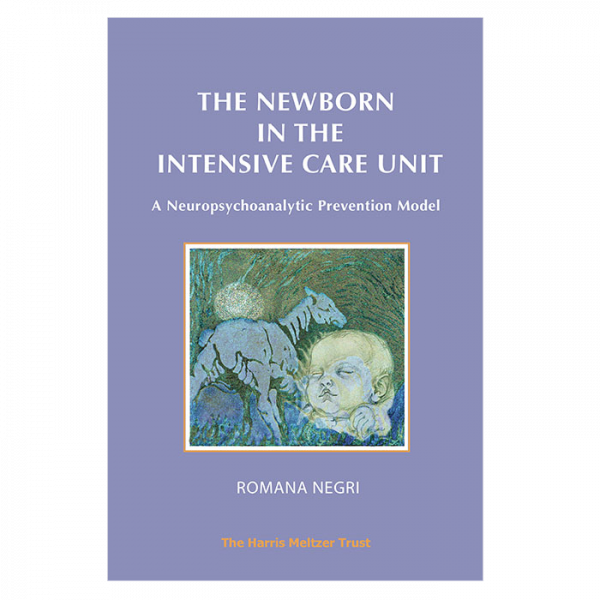Editorial Note
Meg Harris Williams
Preface
Gianna Polacco Williams
Introduction
Romana Negri
CHAPTER ONE
The pattern of normal development: forming a relationship with the breast
A stunning experience
A state of normal non-integration and evacuation of sensations
The pull of the nipple
Maternal depression and the difficulty of introjecting the object
Digesting emotions
Problems of identification in the mother
The breast that comes and goes away
The bottle, and a distance from the mother
CHAPTER TWO
The pattern of normal development: the end of breastfeeding
The end of breastfeeding
Feelings of aggression and seduction
Representations of the breast
The lost breast and the nipple lifeline
Mother returns to work—the new sweetheart
The only baby
The relationship with the father
How the new baby is made
The little chair—the new place in the family
CHAPTER THREE
The story of the birth of the next sibling
Feminine and masculine qualities
The value of fairy tales
The epistemophilic instinct
One day it will be his turn
A point of “catastrophic change”
Birth of the next sibling
The “imbecile” infantile self that damages its objects
The second day at nursery school (with Donald Meltzer)
The third birthday
CHAPTER FOUR
A three-year-old uses the gang as container
Summary of the first two observation sessions
The gang and circularity of time
The parents’ unfulfilled childhood (with Donald Meltzer)
CHAPTER FIVE
Play observation in a hospital setting: some diagnostic implications
Eleanora: redefining a diagnosis of child psychosis as neurotic anxiety
Daniela: redefining a diagnosis of epilepsy as psychosomatic illness
Vittoria: redefining a diagnosis of brain pathology in terms of mental insufficiency
Infant observation: Matteo (early internalization of the object)
Infant observation: Giuseppino (the relation of the child’s way of looking to the mother’s emotional condition)
Index





Jonathan Bradley, former Organizing Tutor of the Tavistock Observational Studies Course –
‘This book brings together the closely observed development of Simone (from birth to three) and the perceptive comments of Martha (or Mattie) Harris, who was such an influential figure in the development of the Observational Studies Course at the Tavistock. Romana Negri’s pioneering work on neonatal intensive care units is informed both by infant observation and by psychoanalysis. She presents in this volume the transcribed tapes of her detailed observation of a normally developing infant, whom Martha Harris supervised for three years. Other chapters present observations of children in hospital that formed part of their diagnostic assessment, and the book includes commentaries by Donald Meltzer and Martha Harris together. This book will be of outstanding interest to all readers whether parents, teachers, or mental health professionals who wish to deepen their understanding of the roots of mental life.’
Maria Rhode, Professor of Child Psychotherapy, Tavistock Clinic/University of East London –
‘Romana Negri’s pioneering work on neonatal intensive care units is informed both by infant observation and by psychoanalysis. She presents in this volume the transcribed tapes of her detailed observation of a normally developing infant, whom Martha Harris supervised for three years. Other chapters present observations of children in hospital that formed part of their diagnostic assessment, and the book also includes commentaries by Donald Meltzer and Martha Harris together. This book will be of outstanding interest to all readers – whether parents, teachers, or mental health professionals – who wish to deepen their understanding of the roots of mental life.’
Margaret Rustin, former Head of Child Psychotherapy, Tavistock Clinic –
‘What a pleasure it is to have this record of a sustained encounter with the inspirational teaching of Martha Harris, to whom a whole generation of child psychotherapists feel they owe their fundamental psychoanalytic education and approach to child development and family relationships. The book reminds us of her fresh and lively imagination, disciplined attention to the observational detail, and unrivalled capacity to contain and encourage her students. The children she discusses become complex and memorable individuals through her illuminating commentary. Indeed, her work offers a model of the integration of theory, clinical imagination and life wisdom, and allows the reader to share the creation of meaning through dialogue.’